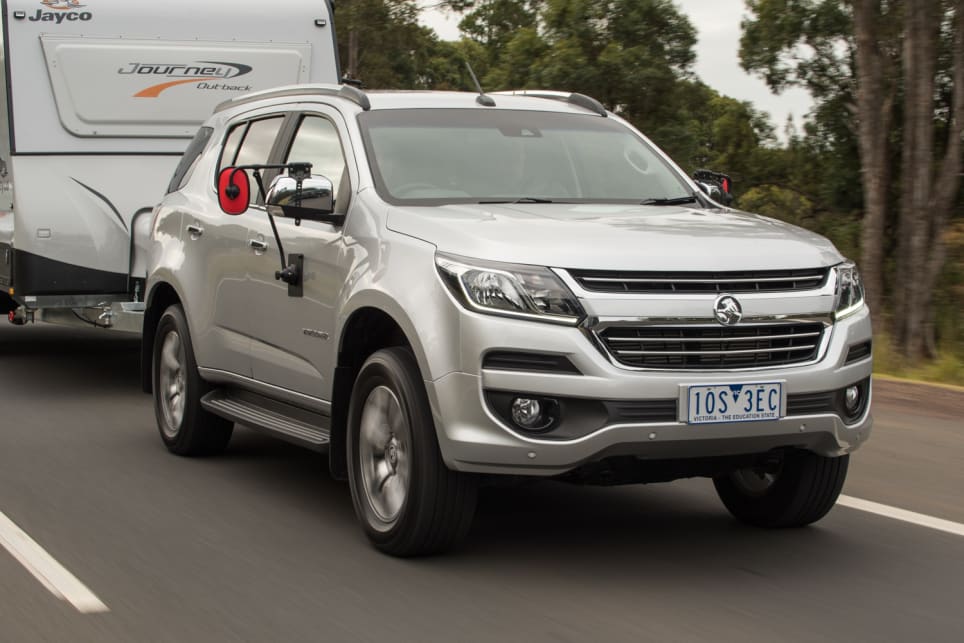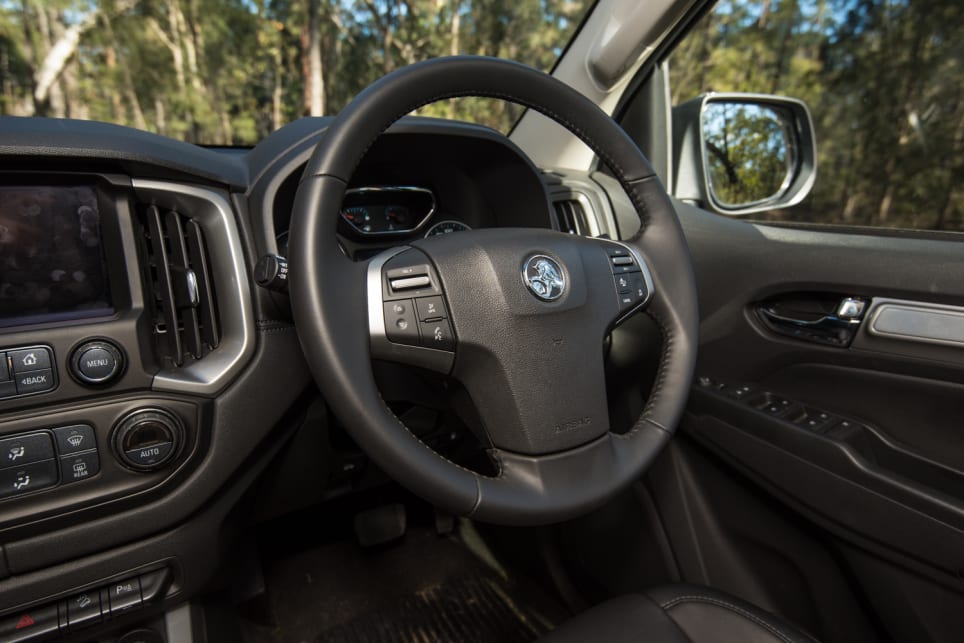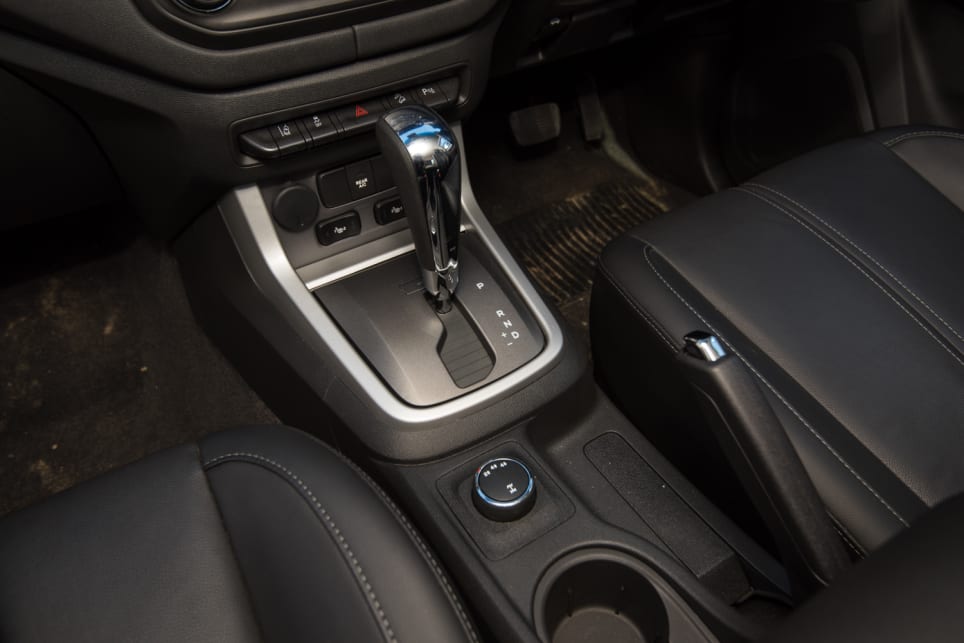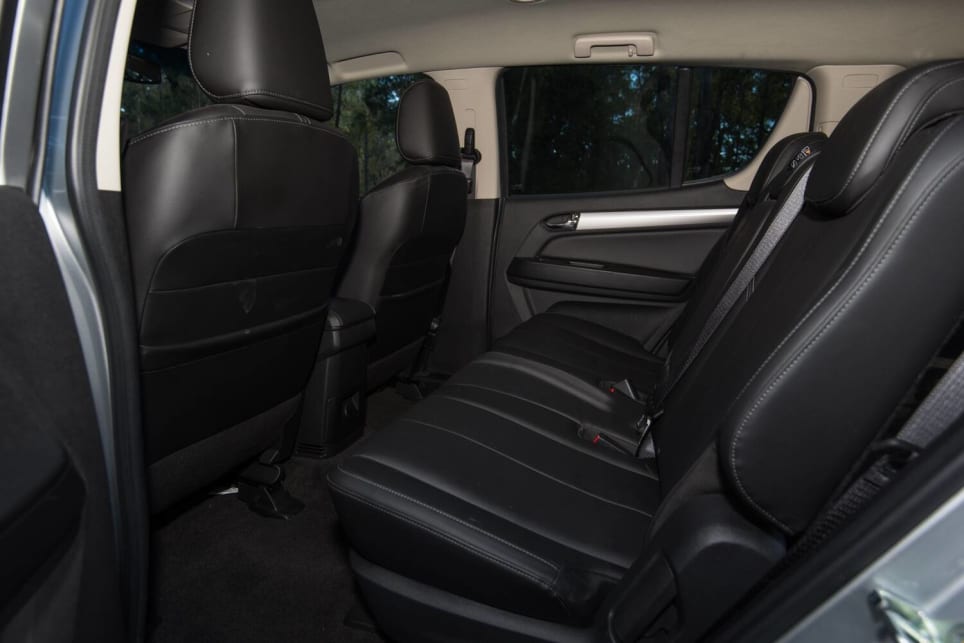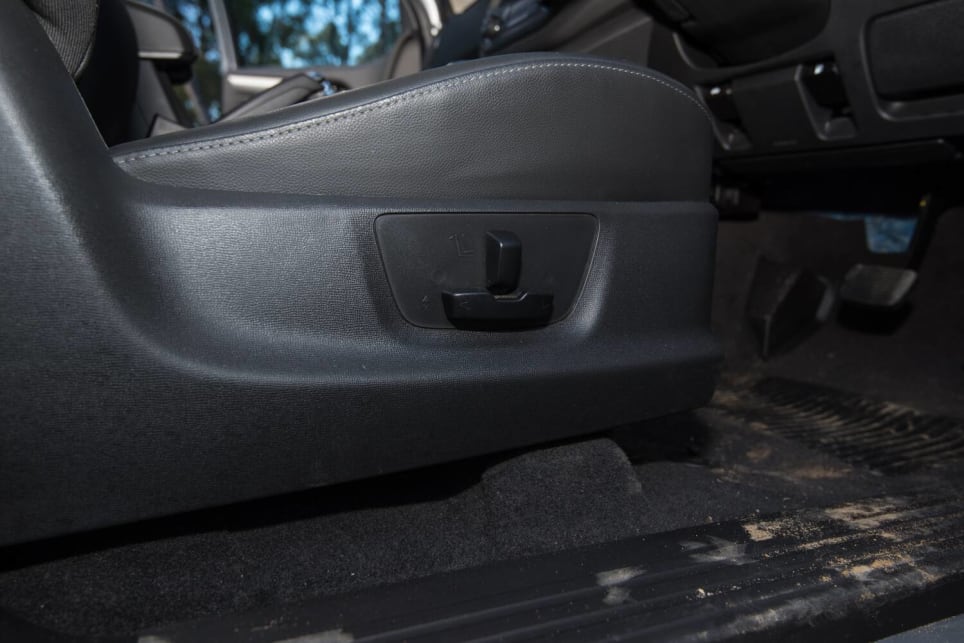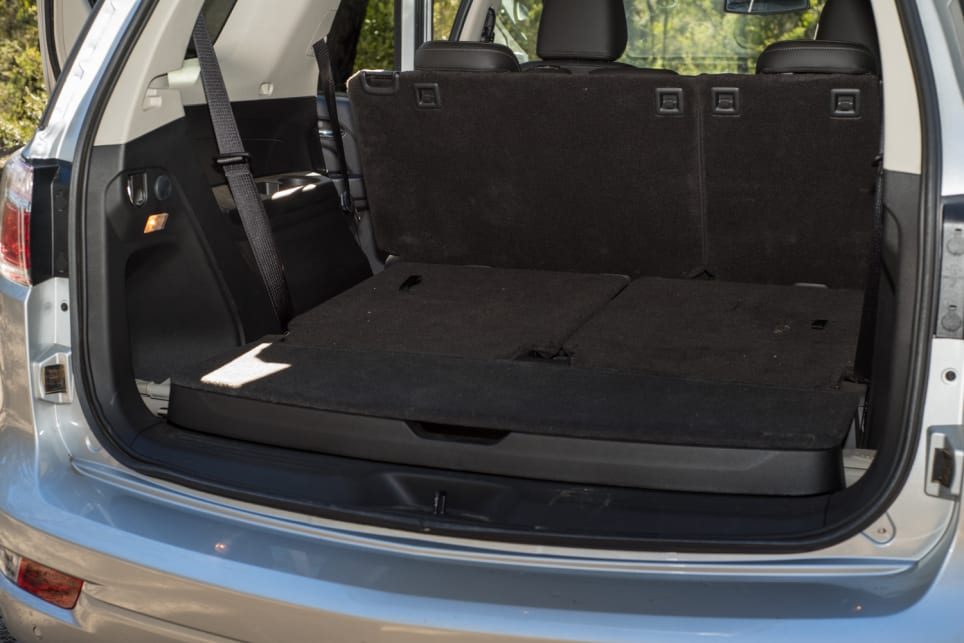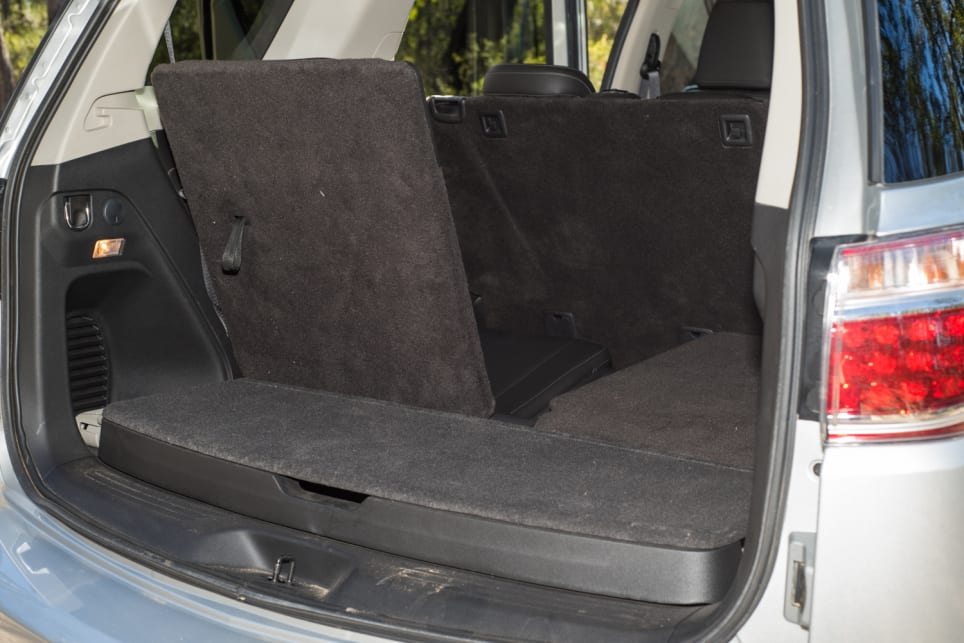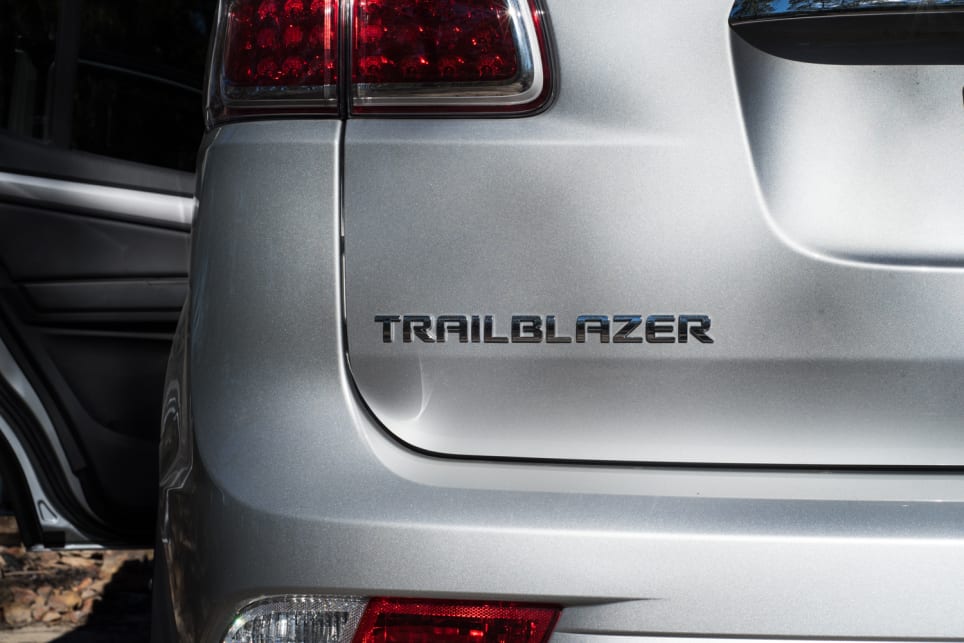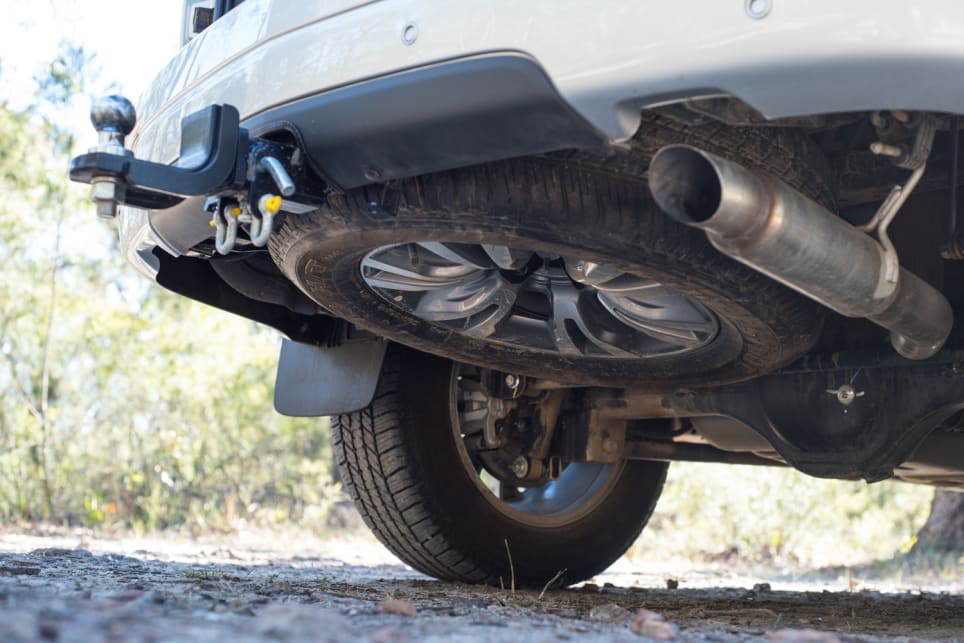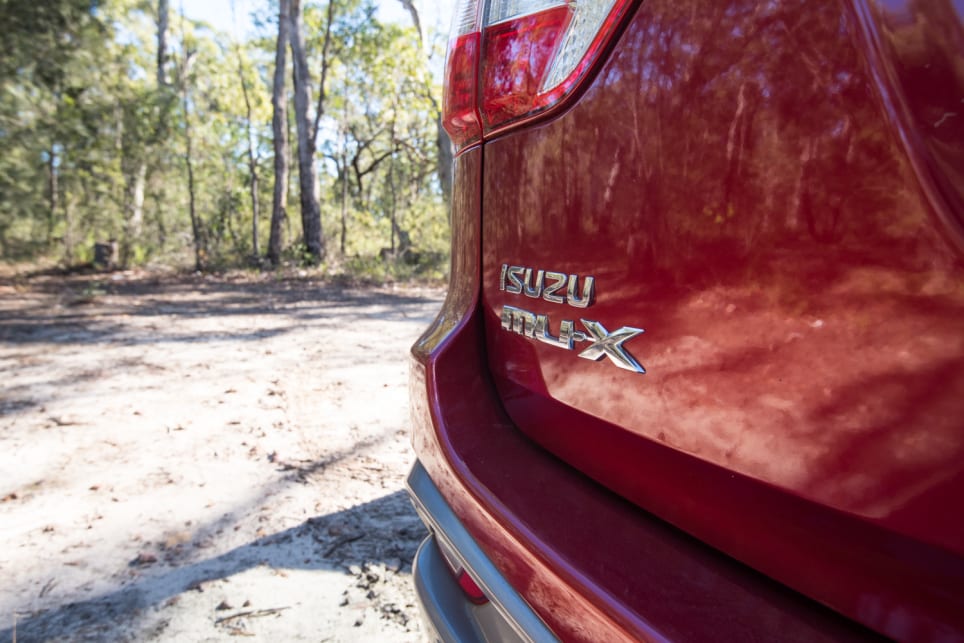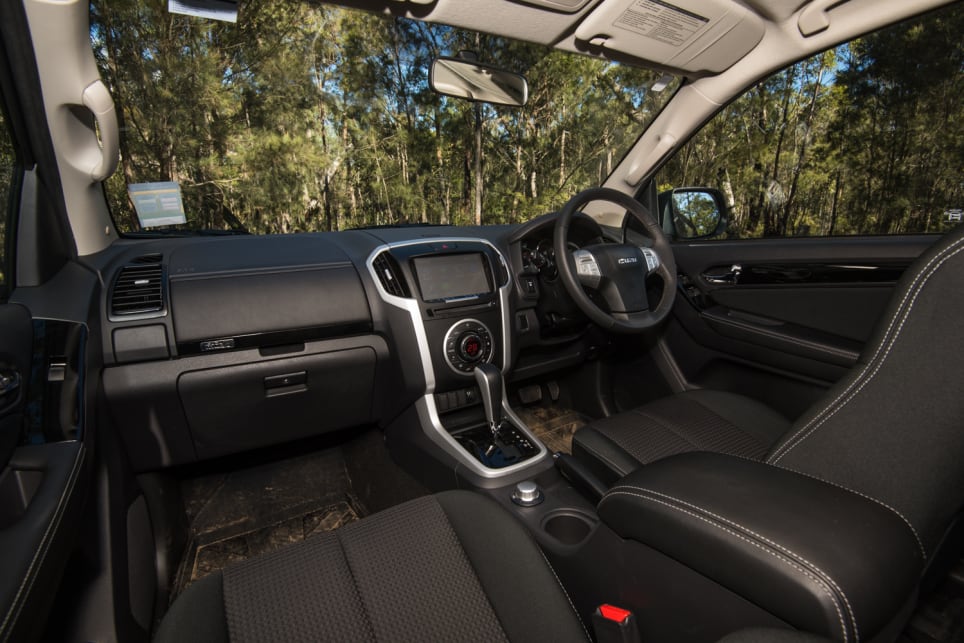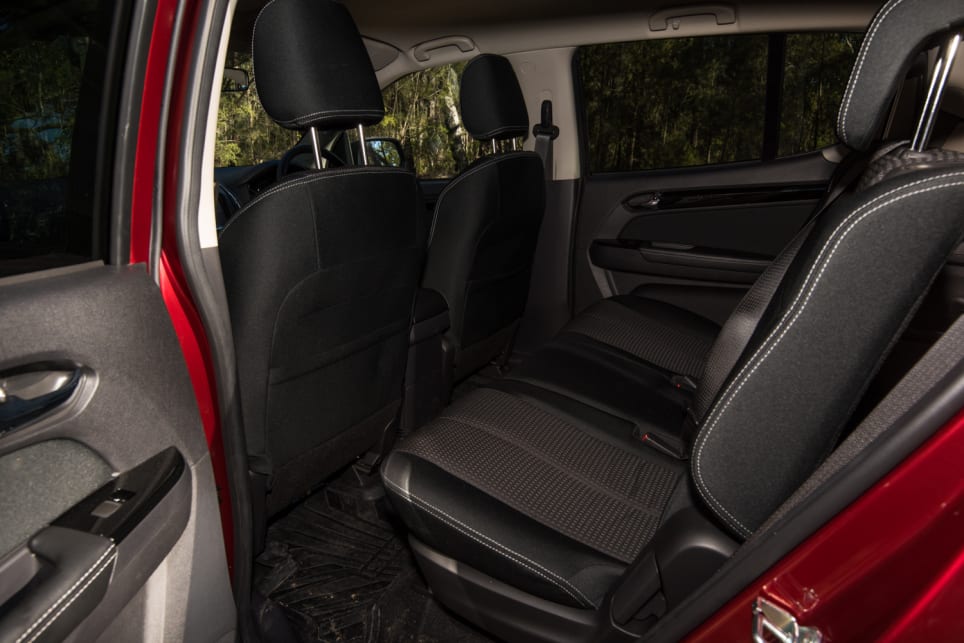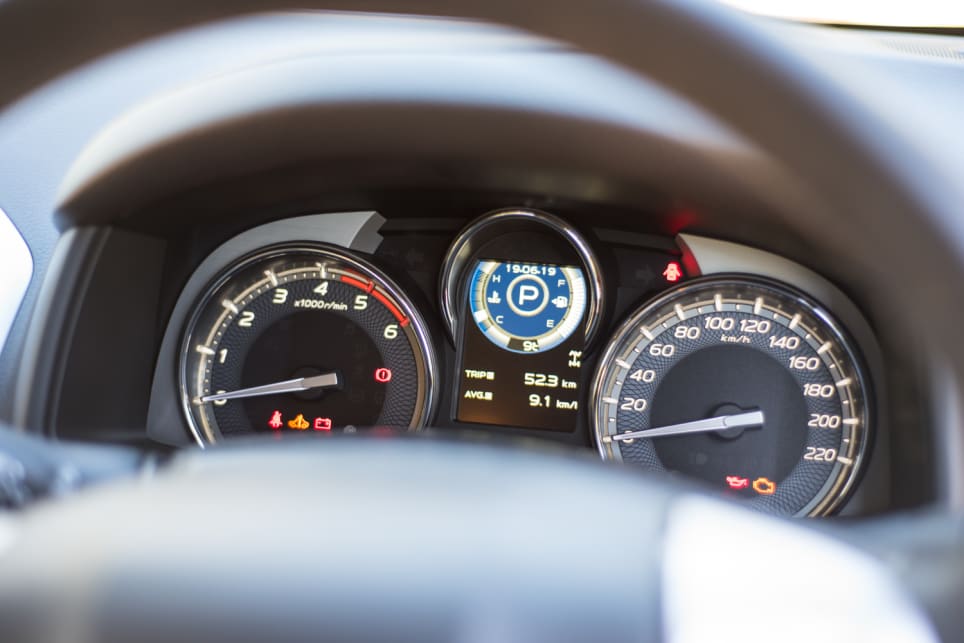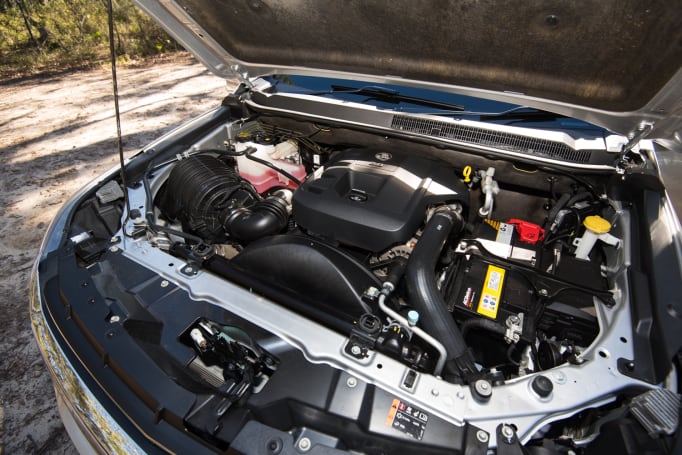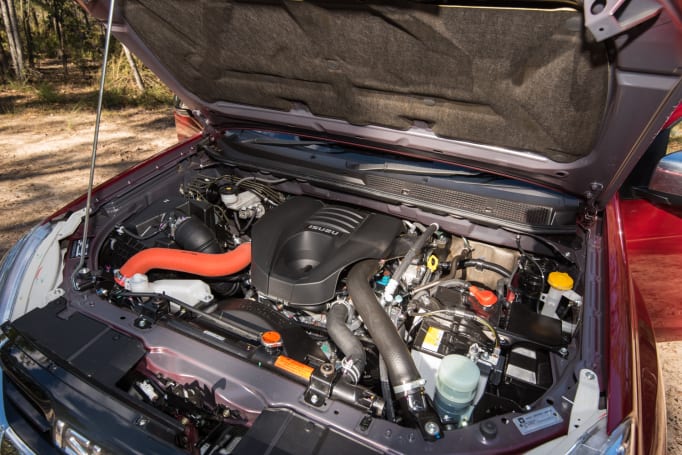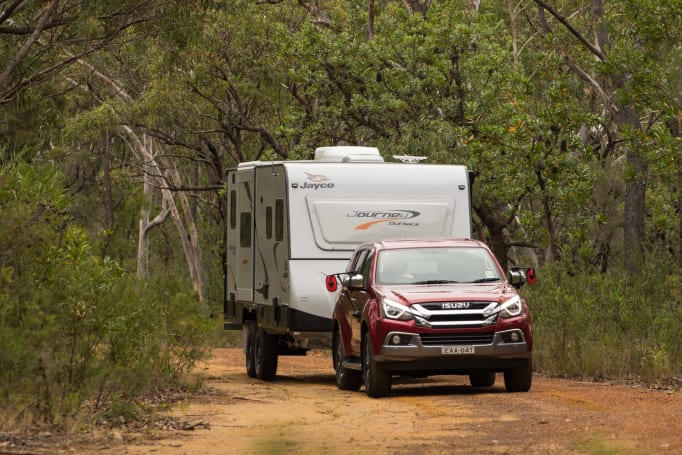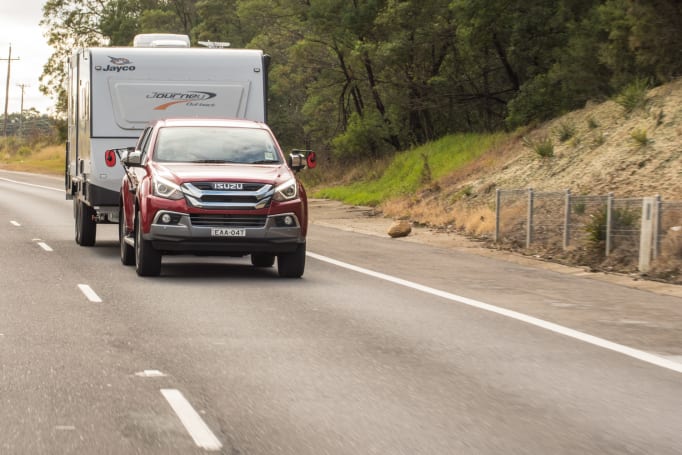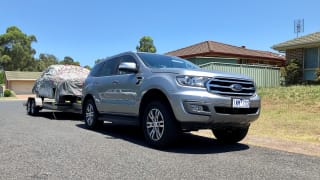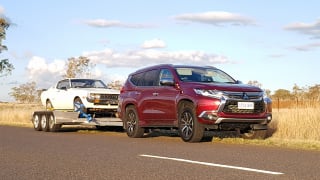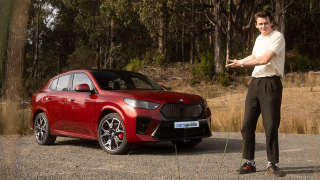These two models are very close to one another in terms of how much they cost.
The more affordable of the two is the Holden Trailblazer LTZ 4x4, which has a list price of $52,490 plus on-road costs.
The Isuzu MU-X LS-U 4x4 is a full $110 more, based on list pricing, with a $52,600 sticker price.
There are marked differences when you compare the standard equipment offered across these two vehicles. To make it easier for you to see just how much value is packed into the Holden’s body, here’s a table of standard spec.
Holden Trailblazer LTZ 4x4 | Isuzu MU-X LS-U 4x4 | |
| LED headlights | No | Yes |
| LED daytime running lights | Yes | Yes |
| LED tail-lights | Yes | Yes |
| Auto headlights | Yes | No |
| Auto wipers | Yes | No |
| Fog lights | Yes | Yes |
| Heated side mirrors | Yes | No |
| Folding side mirrors | Yes | No |
| Alloy wheels | 18-inch alloy | 18-inch alloy |
| Tyres | Bridgestone Dueler H/T | Bridgestone Dueler H/T |
| Tyre pressure monitoring | Yes | No |
| Mudflaps | Yes | No |
| Seat trim | Leather appointed | Cloth |
| Heated front seats | Yes | No |
| Electric front seat adjustment | Yes | No |
| Climate control | Dual zone | Single zone |
| Auto-dimming rearview mirror | Yes | No |
| Digital speedometer | Yes | No |
| Media screen | 8.0-inch | 8.0-inch |
| Apple CarPlay/Android Auto | Yes | No |
| Sat nav | Yes | Yes |
| Sound system speakers | 7 | 8 |
| Bluetooth phone and audio | Yes | Yes |
| USB count | 1 (front only) | 2 (front for media, rear for charging) |
You can see that the Holden smashes the Isuzu for standard gear, like-for-like. However, there’s a big caveat when it comes to pricing.
The Isuzu has the added advantage of being available at a considerably more affordable price point in two-wheel drive. You could save about $7000 by choosing a 2WD MU-X over a 4WD version. It would potentially be perfectly suitable for the majority of people out there who might want to hit the open road, but not head off it.
As for safety gear? See the section below for all the details.




